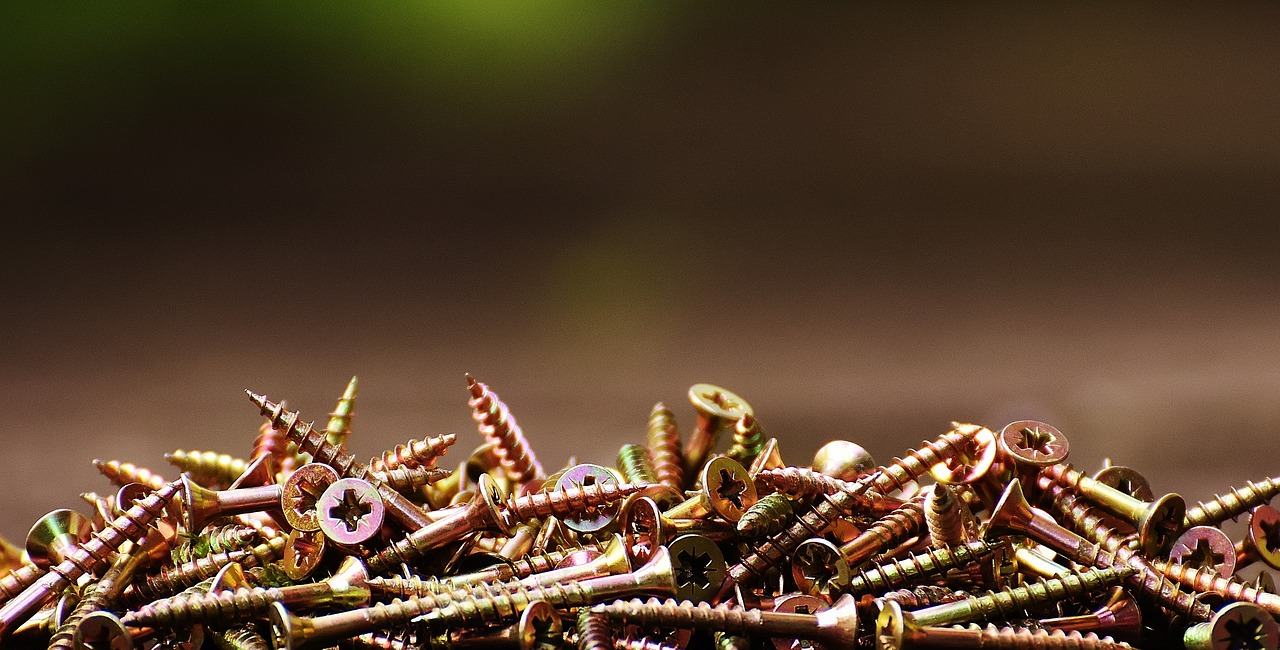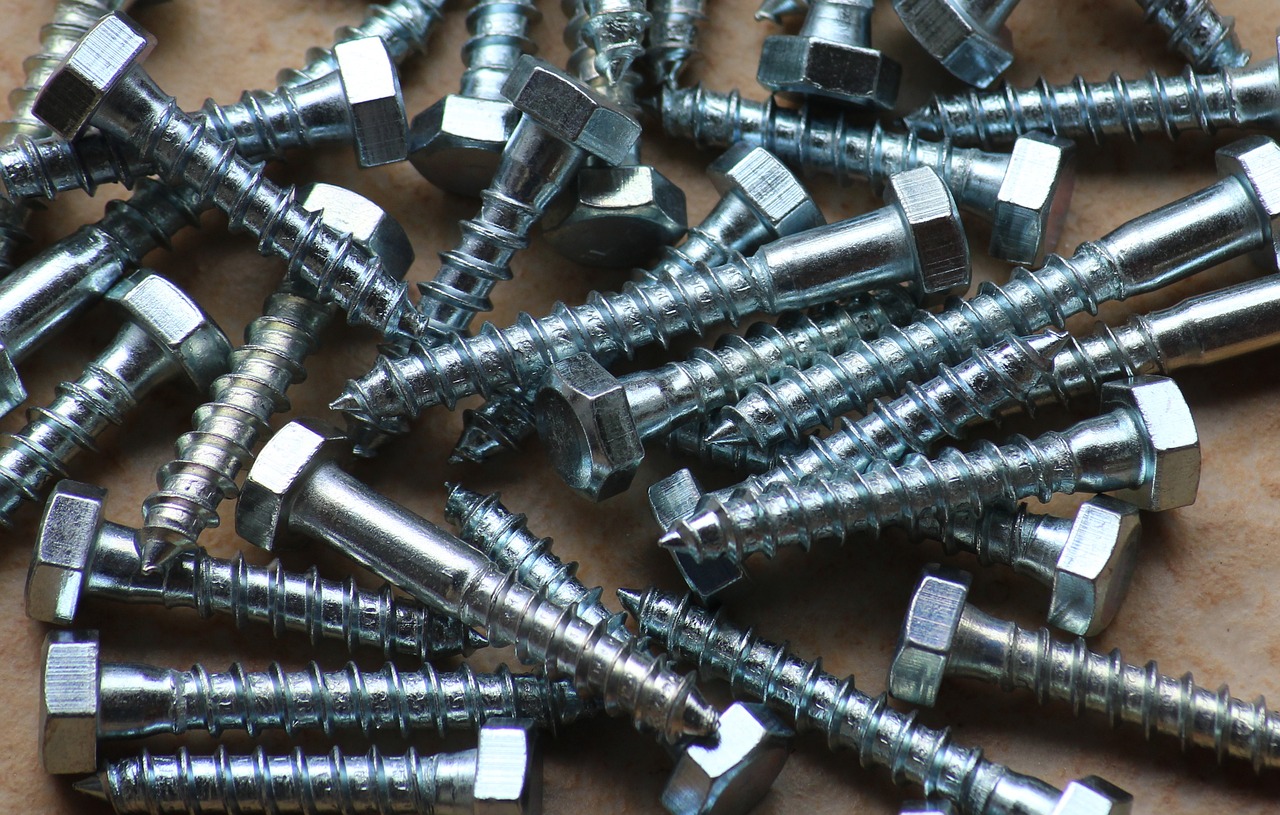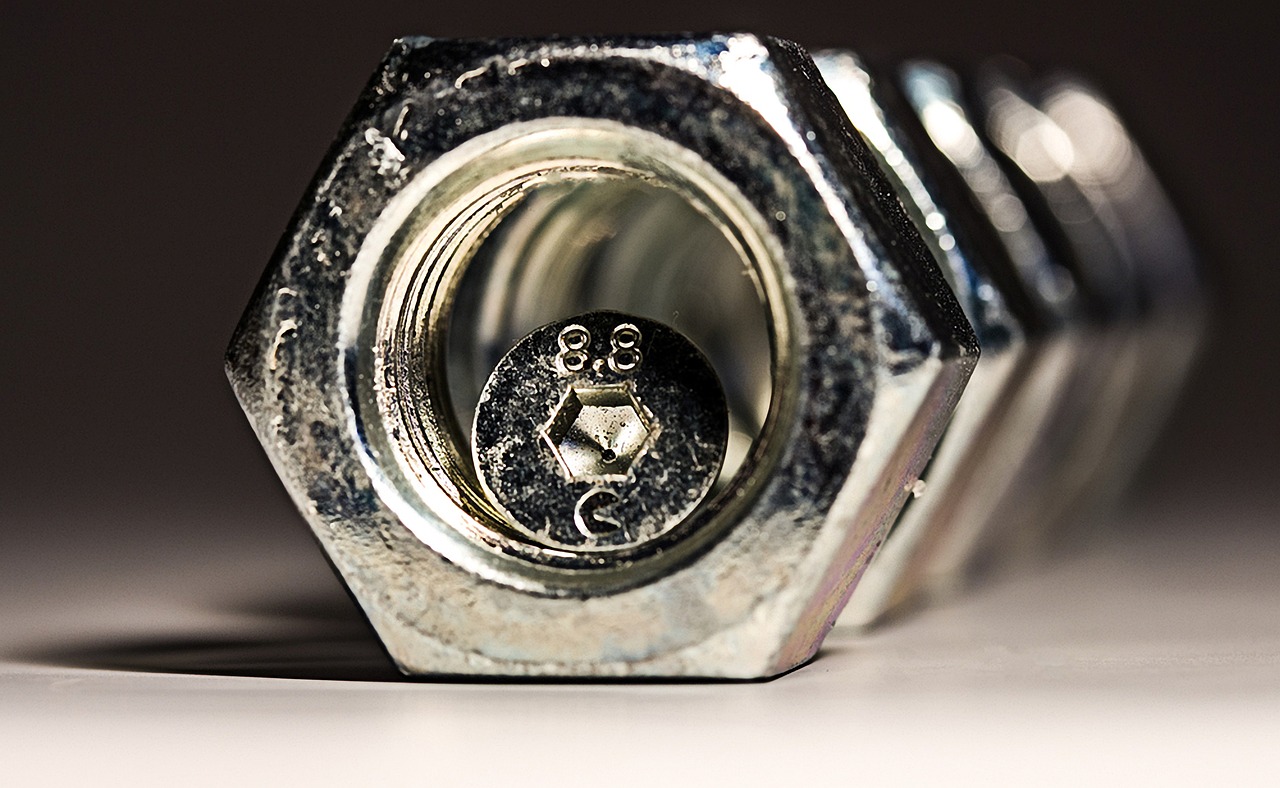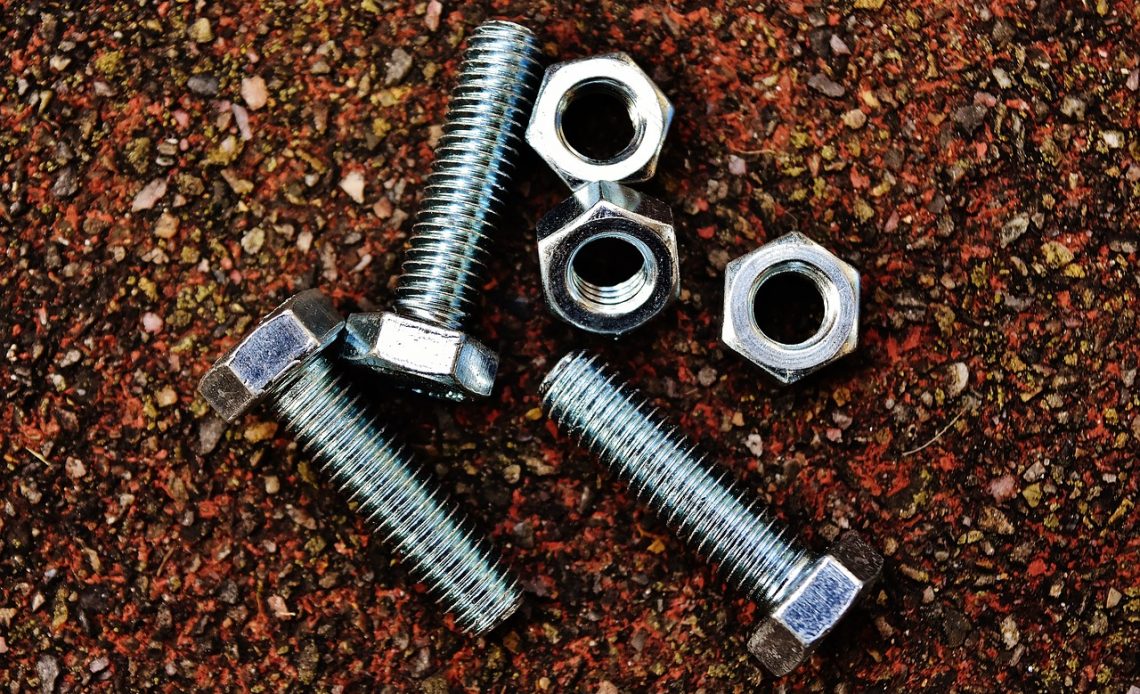Plywood in all of its various forms is amongst the very widely used wood products on the planet today. We believe it is utilized in the building of crates houses, furniture and store fixtures.
You’d discover using plywood in nearly all of the wooden furniture into your home and also the floorboards set up on your floor. In addition, the several sorts of timber along with other engineered timber substances give amateurs manufacturers and carpenters an assortment of sheet timber substances they are able to utilize within a huge assortment of means.
It’s possible to find plywood employed from most furnishings, in addition to in the sub-floors, roofing sheathing and outside sheathing of one’s home. Now, vinyl-clad particle-board, which can be just another engineered timber product, could be the most widely used wood product within cheap furniture. Considering these are engineered timber products, dealing together with them is marginally distinctive than everything you may normally expect when dealing with good wood.
It’s crucial to keep these differences in mind, once you’re dealing using those engineered substances, but notably when coming up with any fixes into the furniture created of plywood. Certainly one of the huge debates found between people dealing together with plywood is about the screws for use for plywood: claws or screws. To increase confusion into this argument, lots of those engineered attachments designed for building furniture made from particleboard, are currently readily available for consumers.
 Nails aren’t Acceptable for Plywood
Nails aren’t Acceptable for Plywood
To repay this argument, why don’t we consider both the screws and nails for both plywood and decide which among them is significantly more appropriate to repairing plywood joints together. Consider the claws. When utilizing a nail for plywood endeavors, the largest issue that you may encounter will be of dividing the timber.
Nails for plywood need to get hammered in and also a marginally careless blow will find the timber flexed and worse divide. This really is why the majority of professionals do not recommend the usage of claws as attachments such as plywood.
What is Wrong with Nails?
When dealing together with plywood, to begin out with, many experts recommend screws. There are lots of projects assembled using nails. Typically, the claws used are out of the finish nailer and so, therefore, are employed in conjunction.
To comprehend the complications with using claws when constructing with plywood, then we must begin having an awareness of how claws work to put up wood together. Nails are a compression fastener, meaning they are contingent on the timber that they have been driven in to grasping or squeezing the shaft of the nail . It punctures the timber, forcing a side wood fibers to earn a hole After the nail is driven into the timber. Those wood fibers back from the nail.
In scenarios where the timber becomes and under consideration weathers water a few of the places that damage does occur is where the attachments are. From the nail, that eliminates the compression in the instance of claws.
But that is not the means that compression may be missed. Typically, nailing plywood usually signifies divides into the border of this sheet, frequently with a nail moving through the depth of 1 sheet of plywood and going into the border of this other. Unless the nail turns out to move to an emptiness in the border of the plywood, then it’s going to probably make the plywood to divide, eliminating the compression required to generate the nail grip the wood together.
Strategies for Using Nails
Even there are occasions if it’s appropriate to make use of compared to using screws claws to carry plywood projects together. Specifically, we find that in cabinetmaking and carpentry when claws are utilized to put up cabinets together, as the adhesive is drying. The compression necessary for the claws to grip is just for a very limited period of time since the adhesive will soon undoubtedly probably be exactly what exactly is holding the job together within the extended run. The nail behaves to help to protect the paste joint once the paste is put.
Wood paste has its own limits. End grain does not do the job since the adhesive and their grain can extract apart readily. It is the gluing of unwanted grain that makes projects that are strong. Plywood supplies end grain and unwanted grain in each border to us. The one exception is the timber center. There are unwanted grain advantages and end grain advantages. It’s not just really a fantastic idea.
When utilizing nails in combination with wood adhesive, it’s ideal to employ a pneumatic nail-gun along with brads. Broadly, brads usually are 18-gauge (0.0403″ dia.), whereas 4 cent finish nails are 0.072″ in diameter, nearly double the dimensions and over three days the location. The bigger hole in which the pneumatically driven nail leaves it not as inclined to divide the plywood, in the same way, the act of forcing the nail inside, in 1 smooth, rapid motion is not as inclined to divide it compared to a couple of blows with a hammer.
It’s crucial that you always center the claws ultimately of their planks carefully, whilst the closer your nail will be into the surface of the plywood, and the larger the prospect of it dividing the timber. Keep it far from the endings of this border too, since it’s more inclined to divide the border there, even significantly a lot more than the middle of this plank. Additionally the larger the claws are glued together, the larger stress they’ll produce in the layers of the plywood that may possibly finally cause breaking of their timber.
 Nails in Construction
Nails in Construction
Screws are used inside the construction of homes in combination with plywood. That is since the manners that plywood can be employed in the building of a home usually do not require adjusting to the edge of a sheet of plywood, so eliminating the conventional issues related to using plywood and claws together.
Plywood in-home structure is virtually always encouraged by two”x4″ framing, with all the plywood currently getting hammered into the framing, throughout the depth of plywood. There’s not any probability of this plywood dividing in this circumstance, as the claws aren’t stepping the edge of the plywood. Nor will there be a probability of this compression carrying the nail released, since compression will be supplied by both”x4″ framing manhood. Unless that framing should happen to develop into wet and rust, there’s not any explanation as to it will loosen the nail.
When trimming plywood to two”x4″ structural elements, 8d (eight-cent ) common claws are always utilized. It’s perhaps not required to make utilize of the more 16d claws which are widely utilized in minding two”x4″ studs along with other two” thick structural elements together since the plywood is slightly thinner compared to the Aside from sub-flooring, the majority of the plywood applied in the building of homes is 1/2″ or even 3/8″ thick.
Though ordinary claws do not grab readily and therefore so are not likely to loosen up, it’s suggested to utilize coated claws such as construction. All these include a paste coating that is sterile . After the nail is wrapped inthe adhesive provides an excess seal between the adhesive and the timber, preventing moisture from seeping inside and making certain the nail can’t pullout. In reality, in case it’s necessary to take a coated nail at a job you’re working on, then you’ll truly have a great deal of trouble doing this.
Like an outside stairway, for building outside, decking screws or zinc coated nails should be employed to install plywood. All these are made to stop.
Sub-flooring is thicker compared to sheathing, in order to supply a great floor, that may encourage the proper quantity of weight, without excess bending. When it could be installed with ordinary 8d nails, it’s encouraged that you employ flooring claws rather than These change from ordinary nails so they will have a square crosssection, with a small twist init. They input twisting slightly such as screws If the claws are wrapped to a floor joists. This allows an additional protection from the claws.
Other alternatives for installing plywood sub flooring comprise ringshank nailsthat have quite a few of ridges playing round the nailforming”rings” All these port with all the timber fiber, so like a more compact thread ribbon, which makes it tougher for the nail to back out. The last choice is to put in the sub floor using screws, this really function as the most dependable potential direction of minding the sub flooring.
Allergic Are Suggested for Plywood Projects
Screws do not involve compression to put them. The threads on the screw cut creating their own stations. They lock themselves, By this way. Even when the timber were to rust, the bond between the twist and the timber can continue considerably more than a nail and the timber.
Yet, screws usually don’t create nearly as good a mechanical reference to grain, while they perform if moving round the grain. In grain, the twist can sever the grain, allowing wood fibers and the twist to collapse from this pit. This sometimes happens today matter how thick along with thick plywood is. Timber fibers are engaging, strengthening the bond, when moving round the grain. The more the twist thread, the stronger the more bond.
Plywood supplies cross not grain and grain. So, when screws have been applied in plywood, in the boundary of this plank, they produce a fantastic mechanical connection, that will be encouraged by the timber grain from the plywood. Screws also supply you a larger mind than nails, reducing the possibility of them to pull the surface of the plywood, and even if there’s a void from the layers of their center.
 What type of screws?
What type of screws?
There certainly really are a range of different kinds. Wood screws that are common are being used, even though lots of people have changed to using dry wall screws. Even people are rapidly being replaced with a brand new creation of timber screws, designed particularly for use with power saws and plywood. These screws would not need the imprint of screws, allowing for much greater traction throughout the amount of the screwthread.
Consistently select screws which are long enough to make certain the screw thread goes throughout the very first piece and satisfactorily in to the next bit to make sure a fantastic grip. The screws ought to be the absolute minimum of double the period as the depth of the plywood getting attached.
While screws are offered in various substances, broadly , just steel screws should be used, maybe not softer metals. Modern”production screws” will be definitely the most popular version replacement dry wall screws. They’re produced from a hardened steel, that was made to deal with the stress to be driven by tools. When put next side screws, dry wall screws may possibly burst, in software where production screws wont.
The Kinds Arrive in several different head fashions:
Bugle mind — includes a curved bottom to the mind, widely employed for plywood. Will most likely sink in the timber, with no counter sink, merely to the thickness of this mind
Lean head — includes a bigger diameter mind, with an even gradual angle. Built to always sink flush or flush
Conventional flat-head — A angled head that’s intended to take a seat in to a counter sink. Normally won’t sink , unless the timber is already counter sunk
Oval head — like a flat-head, just by means of the most notable surfaced domed upwards. It’s considered a decorative twist and certainly can often be polished, painted or stained
Each one these layouts should be accessible screws. All these are meant for usage. It’s ideal to make utilize of screws, which can be essentially which makes them resistant to rust when construction projects for usage. For software that are wet, metal screws have become more predominant.
Just a change is happening at the plan of twist heads. Most timber screws were developed for use in combination using a straight blade screwdriver. Ever since that time, Phillips pieces have substituted them. Using power tools required this change over to induce screws. However, the Phillips head screw wasn’t a simple design to operate well with, since the sloping sides of this pocket could create the screwdriver to slide,”camming outside” the pit. Whilst the Phillips mind was designed within a period once the drills did not have any type of clutch This was deliberate. The camera out feature also break as well as enabled for torque.
Now, a growing number of twist manufacturers are shifting from phillips-head to Torx (star) head or Robertson square mind. Only at that moment, it seems that for woodworking, mind will be the benchmark. This allows a interconnection between the twist mind and your motorist, ensuring that the screw thread becomes driven into the timber thread and also preventing stripping the screw out.
The minds of several of those screws have been designed so you don’t have to bother drilling the counter sink for those screws. All these can easily be known, while the side of the screw threads is going to have some type of traces shaped in to the twist thread, which work to trim the timber , forming the counter sink. The heads on screws that don’t feature this feature’s bottom are smooth.
Utilizing threaded inserts
Yet another choice for attaching plywood job parts would be always to make use of inserts. They fall under two categories, When you’ll find a range of sorts of designs. All these are to coincide with.
 Hex and fit
Hex and fit
Hex folds are termed since they’re inserted into a hole, https://drilling-it.com/best-screw-for-plywood-reviews/, drilled with a hex wrench, into the plywood. The gap size has to be that the width of the human body of the insert, minus the threads. The threads onto the surface of this add cut which makes a bond Since it’s added. Once inserted, the part on the wood’s surface could be your flange.
T nuts are all made to be inserted as the screw thread which will soon probably likely be threaded in to them from the side of the plank. They need a gap the exact size since the shank at the center. The tnut is pounded allowing it to be dug into by the prongs. They can’t be inserted from the front of the board, since they rely upon the action of the screw by the leading and also the flange on the trunk of the T-nut to carry them in position.
These attachments can not be placed in to the edge of a plywood plank, but instead in to face or the face. Many different machine thread screws may be utilized in combination allowing the job once added.
Strategies for Using Screws
Precautions will need to be used to make sure the solid bond potential compared to claws are Though screws are attachments with plywood. If not used correctly, it’s likely for your own screws to divide the boundary of a sheet of plywood, if not precisely based in the border of this plank or particularly when combined in combination with a sheet of plywood.
Stainless Appliances plywood, Michael Storer
Before conducting screws to plywood for meeting, it’s highly sensible that you drill a pilot hole in to the border of this board. A clearance hole ought to be drilled to become attached along with countersunk in the event that you’d like to ensure the mind of this screw is flush with or below and aren’t using.
We can easily see from the diagram above. The perfect size to the pilot gap will be 7/64″ and the perfect size to the clearance gap would be 5/32″ for number 6 screws (probably one of the most typical size of dry wall screws). Based on the way you would like to finish your job, create it larger, or you may opt to earn the counter sink the size of the screw mind, leaving the twist head observable, to ensure you can fill.
 Dry Wall and timber screws
Dry Wall and timber screws
It is possible to purchase combination wood twist drill pieces offering three sizes in one single be certain you obtain the ideal size to coincide with the screw size you’re currently employing. Another options would be to make utilize of numerous exercises (that a whole good deal of individuals do) or to improve your own pieces lots. Instead of forcing the screws or with a drill/driver, then you’ll have the ability to fasten them closely, without the likelihood of camera out in the event that you are using an impact driver.
It’s an excellent plan therefore the soap can work like a lubricant to dip the tip of this twist in to soap when driving screws to shape or alternative timber products. Care has to be used by doing so for varnished and stained bits, out of accepting the blot, as will avoid the timber veneer.
Hiding screws
There are two means of concealing screws which can be used for linking a plywood project’s many components . Step one would be to sink the screw threads below the wood’s surface fill together with wood putty it. Once the putty is dry, then it could be sanded smooth and painted.
Concealing screws’ means is always to counter sink them enough below the wood’s top to permit the flow of a plugin. Simple plugs are pliable and therefore so are cut flush with the wood’s surface then coated and finished. Plug layouts that are intricate consist of sticks, many others yet four sided pyramids that become a portion of this piece’s look, like a timber dowel pin’s ending may become a thing on a part of job.

